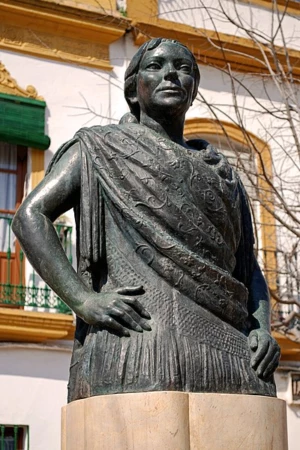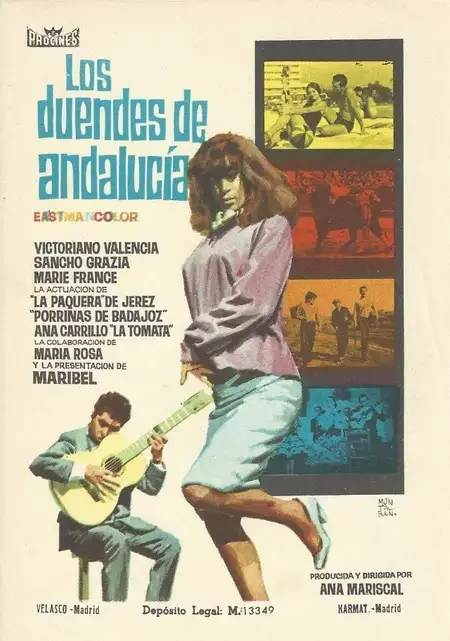Biography
(No Information)
Filmography
all 1
Movies 1
Information
Known ForActing
GenderFemale
Birthday1890-02-10
Deathday1969-11-26 (79 years old)
Birth NamePastora María Pavón Cruz
Birth PlaceSeville, Spain
RelationshipsPepe Pinto (1931 - 1969)
SiblingsTomás Pavón, Arturo Pavón Cruz
CitizenshipsSpain
This article uses material from Wikipedia.
Last updated:
 La Niña de los Peines
La Niña de los Peines- Filmography
- Information
